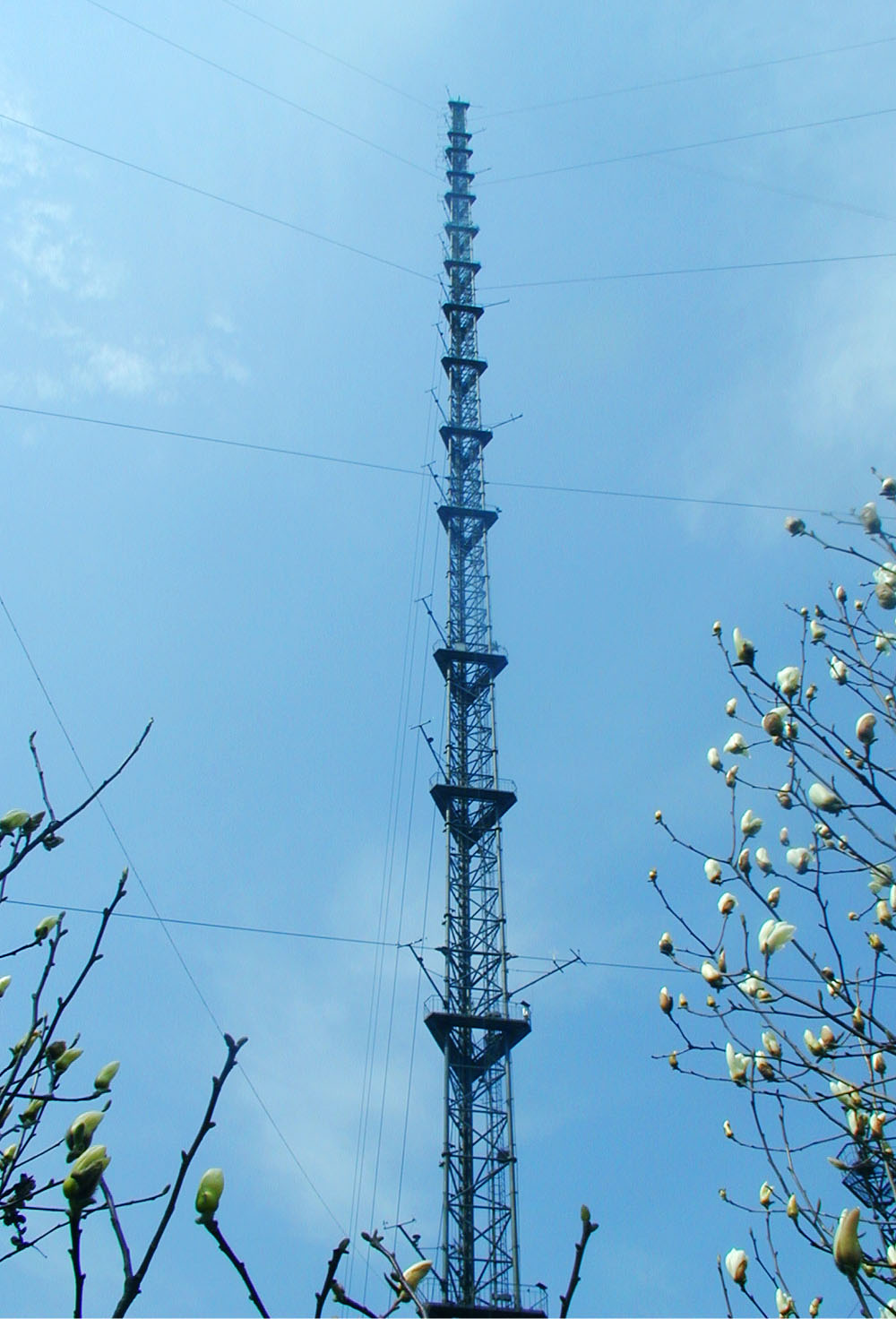Gustiness and coherent structure under weak wind condition in atmospheric boundary layer
Date:2015-10-08
The atmospheric boundary layer is influenced by the underlying earth's surface and factors such as frictional drag and heat transfer, and the fluidmotion in this layer is turbulent. Turbulence plays an important role in vertical transport of moisture, heat, momentum, and pollutants. Previously, Prof. ZENG Qingcun and his colleagues from Institute of Atmospheric Physics (IAP) analyzed gusty winddisturbances under strong wind condition. The result shows gusty wind is characterized by coherent structure. The coherent structure of gusty wind is beneficial to vertical flux of horizontal momentum. Hence, gusty wind disturbances are as important as turbulence fluctuations in downward flux of momentum. Gusty wind disturbances can transport moisture and pollutants in the vertical direction. And it isthe fundamentalmechanism of gusty wind blowing dust.
In gusty disturbance spectrum area [periods in the range (1 min--10 min)], does the gustiness and coherent structure exist under the weak wind condition? Dr. LI Qilong, Prof. ZENG Qingcun and Prof. CHENG Xueling from IAP analyzed the data obtained from multilevel ultrasonic anemometer-thermometers located on 325m meteorological tower (Fig. 1) in Beijing in 2003 under weak wind condition to make statistical analysis. The results show that even during the weak winds condition, the gusty wind is characterized by a coherent structure. The gusty wind disturbances carry most of the eddy kinetic energy and play a major role in downward momentum flux. Turbulent fluctuations (period < 1 min) only contribute a few of these. There are pronounced differences between gusty wind disturbances and turbulent fluctuations, and the gusty wind disturbances are alwaysanisotropic with moderate coherency, while the turbulent fluctuations are isotropic and nearly random. (Fig. 2)

Fig. 1 The 325-meter high meteorological observation tower of the Institute of Atmospheric Physics (Credit: IAP)

Fig. 2 The vertical profile of u*t , u*g, and u* . (Li et al., 2015)
The 325-meter high meteorological observation tower of the Institute of Atmospheric Physics mentioned in this study was built in August 1979 and it serves studies of air pollution, the atmospheric boundary layer, and atmospheric turbulence diffusion, among others. The unique advantage of the IAP meteorological observation tower lies in its height—the highest in Asia and the second highest in the world—and its finely distributed observation platforms. The tower is located at (39°58?N, 116°22?E) and 49 meters above sea level. There are two HD cameras placed at the 280-meter platform of the tower, working 24 hours a day, and taking photos every half an hour, to monitor the weather and surface situation in the surrounding area.

The photo shows a panoramic view of the Olympic Park Zone taken every half an hour. (Real time photo at http://159.226.97.116/)
Citation: Li Qi-Long, Cheng Xue-Ling & Zeng Qing-Cun (2015): Gustiness and coherent structure under weak wind period in atmospheric boundary layer, Atmospheric and Oceanic Science Letters, DOI: 10.1080/16742834.2015.1086176.
Download: http://dx.doi.org/10.1080/16742834.2015.1086176
